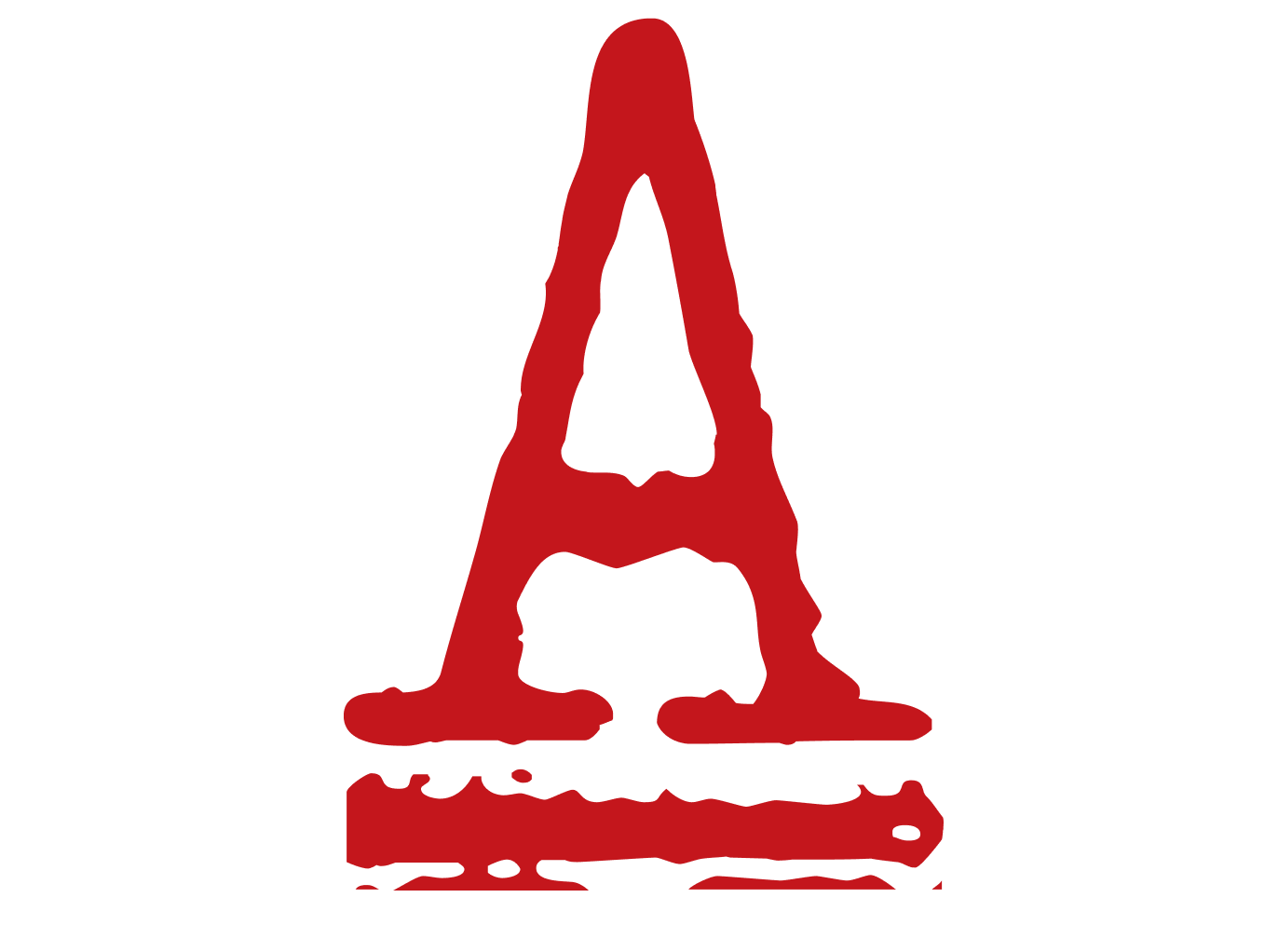Truthout, October 14, 2020
With the threat of right-wing violence and other chaos hanging over the election, what does personal and community safety look like? In this episode of “Movement Memos,” Kelly Hayes talks about nonviolence, self defense and the relationships we will need to survive.
Transcript
Note: This a rush transcript and has been lightly edited for clarity. Copy may not be in its final form.
Welcome to “Movement Memos,” a Truthout podcast about things you should know if you want to change the world. I’m your host, Kelly Hayes.
As an organizer who’s been talking about fascism for several years, I have been contacted by a number of people recently who are concerned about community safety. With the election only two weeks away, the threat of right-wing violence and other manufactured chaos has many people deeply concerned. Reading people’s questions and worries, I was reminded of a conversation I had with my friend Lisa Fithian a couple of years ago, when she was advising some of us on what to do if we were faced with live fire in a protest situation. “Get low and behind whatever you can.” She cautioned us against standing up behind a pole or something similar. “You have to get down,” she said. “What direction are the shots coming from,” she asked. “Is the gun pointed at people, or toward the air?” She said that if we couldn’t tell where the shot was coming from, it was best to stay down, since you might run right into the shooter. She talked about what it meant to realize where the shots were coming from, and whether it would make sense to run, or to try to disarm the person. Two things I remember clearly from the advice she gave: No two situations are the same, and that, if you have to do the unthinkable, and try to disarm a shooter, it’s best not to do it alone. “Think carefully about whether disarming them is possible. If you try, work as a team to spread out around the shooter so they have to deal with you in all directions.”


